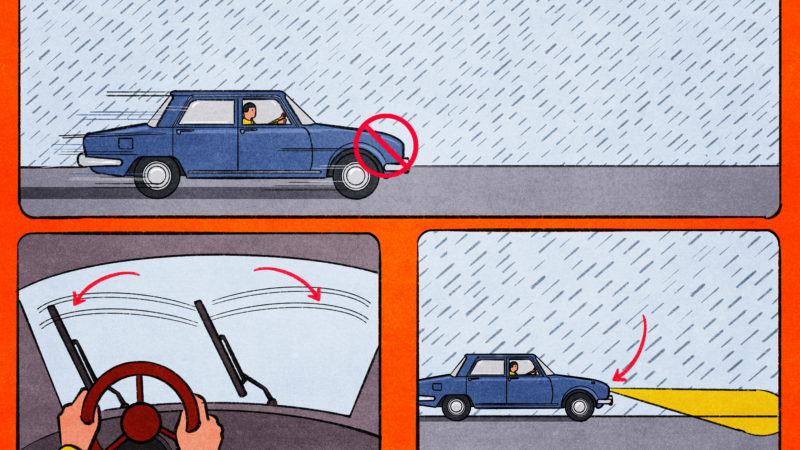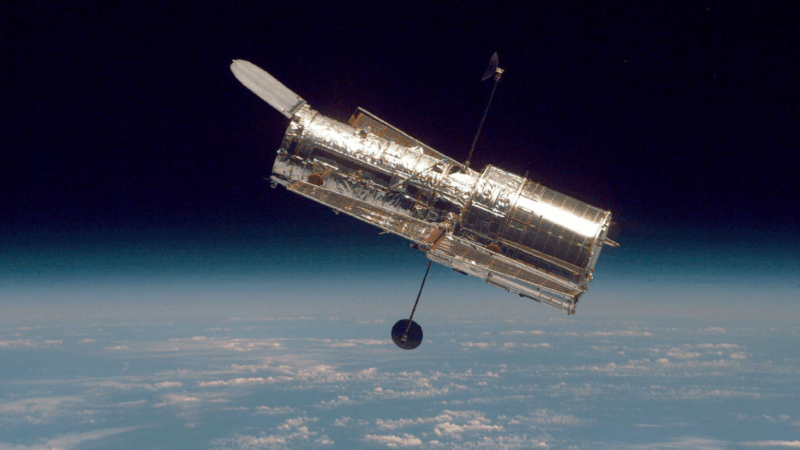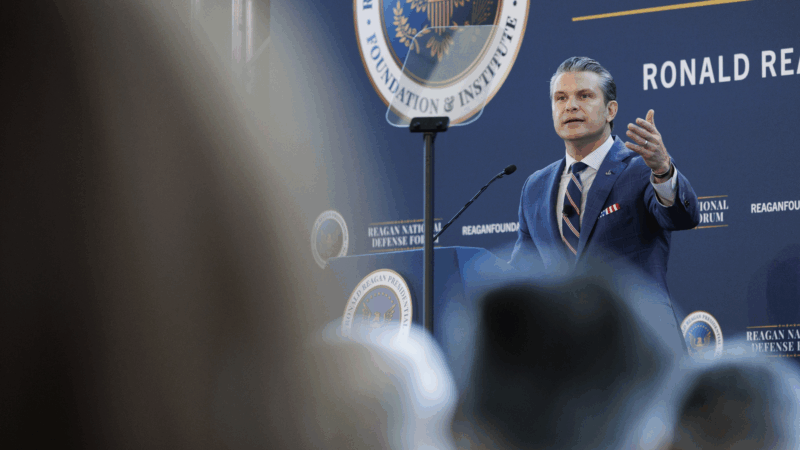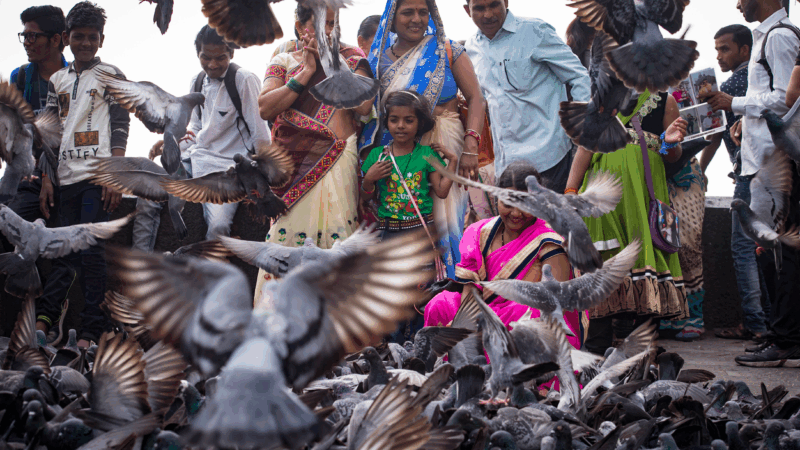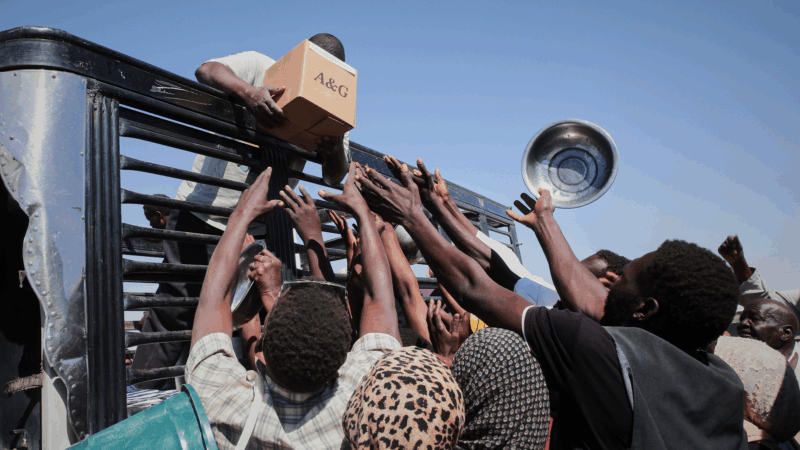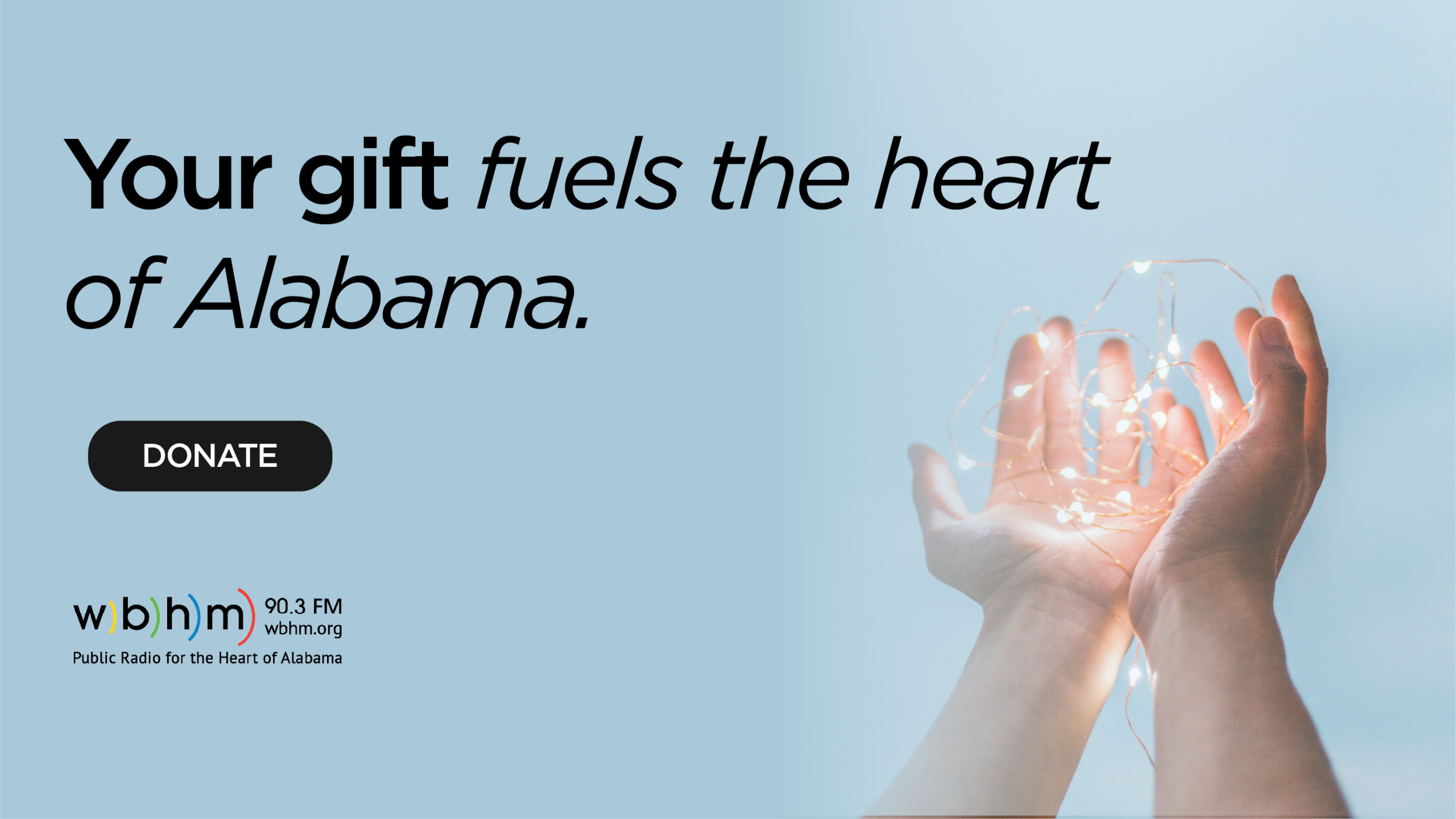10 road safety do’s and don’ts that might just save your life
If you have a driver’s license, you should know the basic rules of the road. Buckle your seat belt. Use your turn signal. Stop at the red light.
But there may be scenarios on the road that you feel less prepared for. What should you do if your car starts to skid on ice? If someone is being aggressive toward you on the highway? If your car falls into a body of water?
Hector Carias, an officer with the California Highway Patrol, explains what to do in these emergency situations. The key is to stay vigilant, he says. “Driving should take 100% of your concentration, 100% of the time. Being defensive behind the vehicle can only bring positive outcomes.”
Motor vehicle crashes are a leading cause of death in the United States, killing more than 120 people everyday, according to 2022 data from the Centers for Disease Control and Prevention.
But they are preventable. Carias, who works out of CHP’s Central Division office in Fresno, Calif., shares his top road safety do’s and don’ts.
1. DON’T speed. It can make it harder to avoid potential hazards on the road, and it can make car crashes more severe, Carias says. If someone is tailgating you, “move over one lane and let them pass. There’s no reason for you to speed up.”
2. DO call 911 if you’re being threatened by another driver. “If someone is brandishing a firearm or a car has been following you, contact 911,” Carias says. Don’t engage. Officers will send help. If they can’t get to your location on the highway, “Don’t stop. Our dispatch will stay on the phone with you and give you directions to a designated location, where an officer will try to meet you.”
3. DON’T slam the brakes if you have engine trouble on the highway. If your car stalls or runs out of gas on the road, put your hazard lights on right away and release the accelerator, Carias says. “Try to veer to the right shoulder of the freeway and come to a safe stop,” then call roadside assistance or 911.

4. DO hop into the passenger seat while waiting for help in the right shoulder lane. It can be safer than sitting in the driver’s seat. You want to position yourself as far away from traffic as possible. And buckle up, Carias says.
5. DO get as far away from your car as possible if you see smoke or flames coming out of the engine. In the event of a car fire, pull over, turn off the engine and move yourself at least 100 feet away from the burning vehicle, according to the U.S. Fire Administration. Don’t try to fight the fire.
6. DO slow down in extreme rainy conditions. “Give yourself more time to be reactive” to road hazards, Carias says. And turn on your headlights. Rain can make it hard to see the road and for other drivers to see you. “I have a little saying that goes, ‘if your wipers are going, your headlights are glowing.'”
7. DON’T accelerate or slam the brakes if you’re skidding on ice. “Once you’ve already started sliding, you’re kind of going along for the ride,” Carias says. Cautiously turn your wheel in the direction you want the car to go, and straighten the wheel as you feel the car straighten out, according to AAA.
8. DON’T turn on your high beams in heavy fog. “Fog is essentially water molecules. Shining bright light at those molecules is just going to reflect that light back to you and make it harder to see,” Carias says. Instead, turn on your headlights and fog lamps if you have them.

9. DO unbuckle your seatbelt and start to roll down the windows the moment your car falls into a body of water. “Don’t try to open the door,” Carias says. Once a vehicle is more fully submerged, the pressure from the water against the windows and doors can make it difficult to open them.
Escape through the open window and exit to safety. If you can’t roll down the window, “do your best to shatter the window using your elbow or whatever you can,” Carias says. For peace of mind, purchase a window punch to keep in your car.
10. DO keep emergency supplies in your car. That includes a first aid kit, water, jumper cables, a flashlight and blankets, Carias says. AAA also recommends keeping a basic set of tools and road flares or reflectors.
This episode was produced by Margaret Cirino. The digital story was edited by Meghan Keane. The visual editor is Beck Harlan. We’d love to hear from you. Leave us a voicemail at 202-216-9823, or email us at [email protected].
Listen to Life Kit on Apple Podcasts and Spotify, and sign up for our newsletter. Follow us on Instagram: @nprlifekit.
Light from satellites will ruin majority of some space telescope images, study says
Astronomers have long been concerned about reflections from satellites showing up in images taken by telescopes and other scientific instruments.
Defense Department is reviewing boat strike video for possible release, Hegseth says
In a speech on Saturday, Defense Secretary Pete Hegseth defended the strikes, saying: "President Trump can and will take decisive military action as he sees fit to defend our nation's interests."
Bama, Miami in, Notre Dame out and Indiana No. 1 in College Football Playoff rankings
Nobody paying attention for the past 24 months would be surprised to see Indiana – yes, Indiana – leading the way into this year's College Football Playoff.
McLaren’s Lando Norris wins first F1 title at season-ending Abu Dhabi Grand Prix
Red Bull driver and defending champion Max Verstappen won the race with Norris placing third, which allowed Norris to finish two points ahead of Verstappen in the season-long standings.
A ban on feeding pigeons ruffles lots of feathers in Mumbai
The pigeon population has exploded — a result of people feeding the birds. For some it's a holy duty and a way to connect to nature. Critics point to health risks tied to exposure to pigeon droppings.
UN humanitarian chief: world needs to ‘wake up’ and help stop violence in Sudan
The UN's top humanitarian and emergency relief official has told NPR that the lack of attention from world leaders to the war in Sudan is the "billion dollar question".

